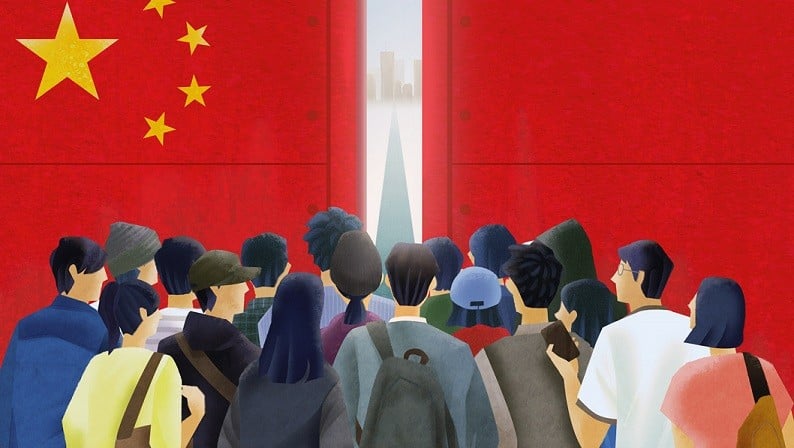 |
| The world's second-largest economy is producing twice as many graduates as it did 10 years ago, with nearly 12 million this year, but there are no more suitable jobs for them. (Source: Nikkei Asia) |
Glonee Zhang, a recent college graduate, had high hopes when he landed a job at a lithium battery company in Shenzhen last summer. Now, like more than 20% of young people in China, he is unemployed.
As an English major looking for a job in the post-Covid-19 era, Glonee Zhang thought “the end of the pandemic would bring a bright future.” Six months later, he and half of the company’s 400 new graduates have been laid off as sales have dropped 10% year-on-year.
The unemployed army is growing rapidly.
As the Chinese government cracks down on private enterprise and foreign companies cut back on hiring, the country’s youth now face a record unemployment rate of 21.3%. Since the official figure only includes those actively looking for work, some economists say the proportion of young people without jobs, education or training could be significantly higher.
While the pandemic may be over, Covid-19 has exposed a growing structural problem in China. The world’s second-largest economy is producing twice as many graduates as it did 10 years ago, nearly 12 million this year, but it’s not creating more suitable jobs for them.
The country has expanded its universities over the years, but remains a largely manufacturing and services-based economy, said Robin Xing, chief China economist at Morgan Stanley.
This is a structural issue because the large economy itself is changing. But it will take time for China to become an advanced economy like Japan, South Korea and the US, which have more professional services to create more jobs.
In December 2019, before Covid-19, the youth unemployment rate was 12.2%. Graduates like Glonee Zhang are forced to consider pursuing higher education or trying to find competitive but stable government jobs. Studying or working abroad is also an option for some.
Graduate pessimism is growing as China’s youth unemployment rate is nearly three times that of the US and far higher than the eurozone’s 14%. China’s post-Covid-19 economic recovery slowed in the second quarter of 2023.
In another bleak sign, retail sales rose just 3.1% in June 2023. This was also a sharp decline from a 12.7% increase in May, according to official data.
Strengthening stimulus measures
Amid concerns about an economic slowdown, the Chinese government last week unveiled a sweeping plan to ease market and financial access barriers and boost private sector confidence.
China said on July 24 it wants to attract more private capital to participate in national projects in areas from transport to water, clean energy, infrastructure, advanced manufacturing and agriculture.
Enodo Economics, a UK-based macroeconomic research firm, described Beijing's latest stance in a note as an "olive branch" to the private sector. The move comes after the government softened its stance toward private businesses after years of tough talk.
High-paying private sector jobs have long been the top goal for many graduates in China. According to a June report by the Asian Development Bank (ADB), six out of 10 employed urban workers aged 16 to 24 work in the private sector.
But foreign private companies have sharply reduced their presence in the world's second-largest economy as the West seeks to reduce its dependence on China. World Bank data shows that foreign direct investment into the Northeast Asian country last year fell to its lowest level since 1990.
“Jobs provided by multinational companies are shrinking due to supply chain relocations,” said Zongyuan Zoe Liu, a research fellow in international political economy at the Council on Foreign Relations. “Multinational companies are either considering scaling back their investments in China or simply withdrawing from the market.”
Before Beijing stepped up its regulatory crackdown, technology and education were some of the most coveted fields among college students looking for high-paying jobs.
According to a job survey released by China's job search platform Liepin, in 2019, more than 80% of the workforce in the education industry was under 35 years old, and more than 90% had a bachelor's or master's degree.
The education sector employed about 10 million people before private tutoring services for primary and secondary school students in major cities were banned in 2021. The government has tried to curb the burden of education spending on households, but it has affected a business that generates tens of billions of dollars a year.
With the new guidelines, Beijing appears to aim to remove market access barriers for entrepreneurs, support and protect the rights of private companies, and “cultivate and promote entrepreneurship.”
A stimulus package can help because it shows the government cares about the economy as well as the private sector, said Morgan Stanley economist Xing. Unleashing growth potential requires the government to treat the private sector in a fairly consistent and supportive way, such as providing a stable regulatory environment so no one worries about regulatory changes that could affect their businesses.
In the meantime, Glonee Zhang now plans to return to school for graduate school. "Maybe that can help me discover my potential and will," he said as he reviewed a History of Western Philosophy course for his entrance exam.
Source







![[Photo] Prime Minister Pham Minh Chinh chairs the 16th meeting of the National Steering Committee on combating illegal fishing.](https://vphoto.vietnam.vn/thumb/1200x675/vietnam/resource/IMAGE/2025/10/07/1759848378556_dsc-9253-jpg.webp)


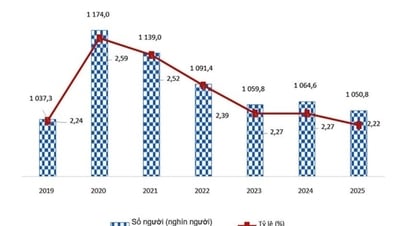
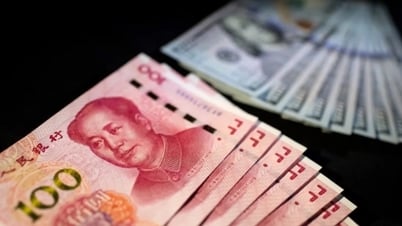



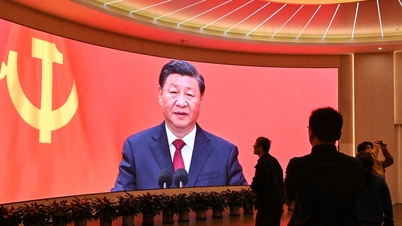






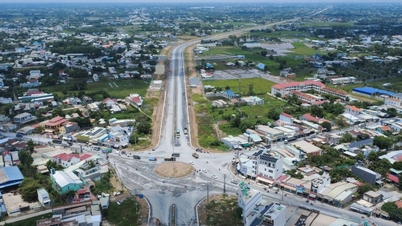










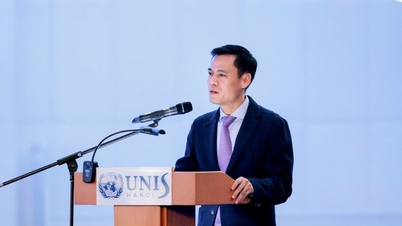

![[Photo] Super harvest moon shines brightly on Mid-Autumn Festival night around the world](https://vphoto.vietnam.vn/thumb/1200x675/vietnam/resource/IMAGE/2025/10/07/1759816565798_1759814567021-jpg.webp)


































































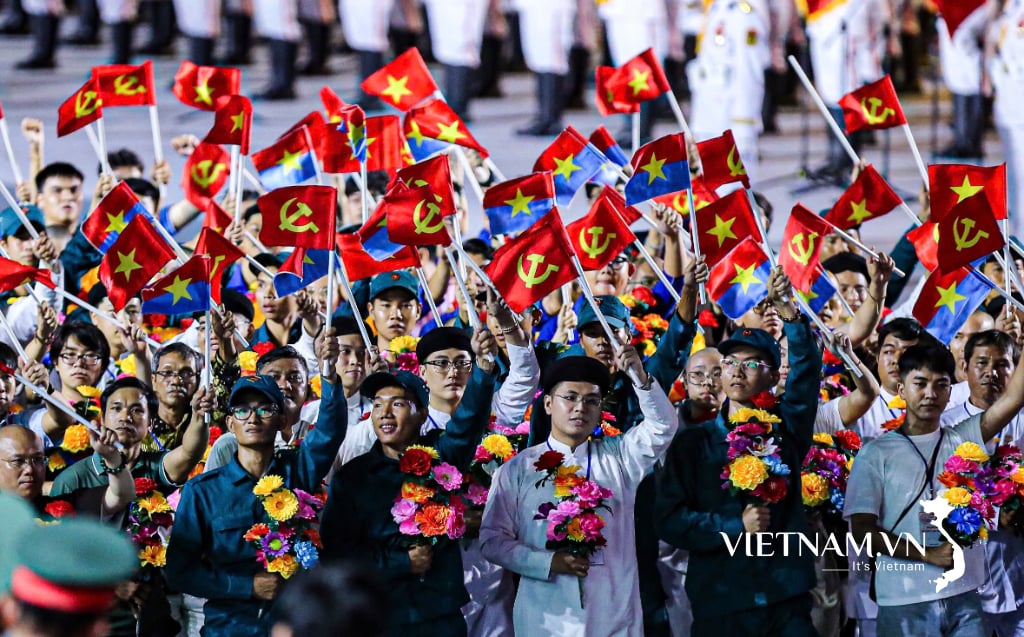
Comment (0)